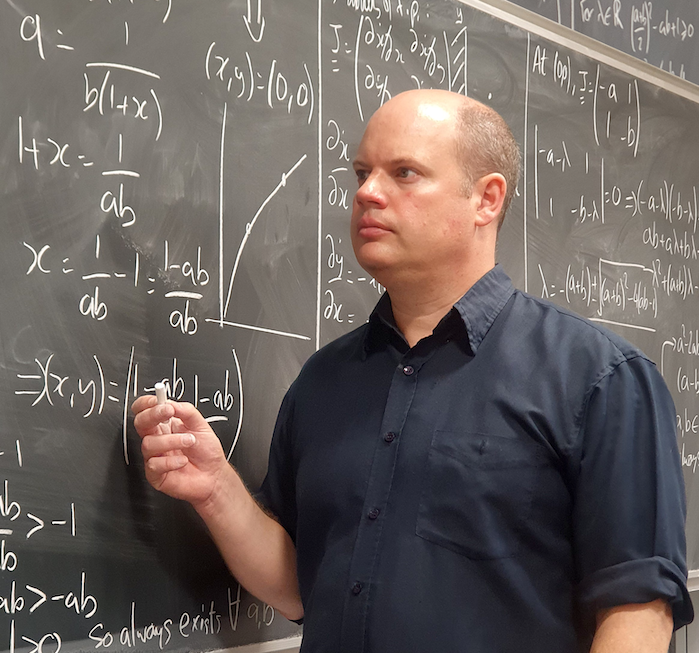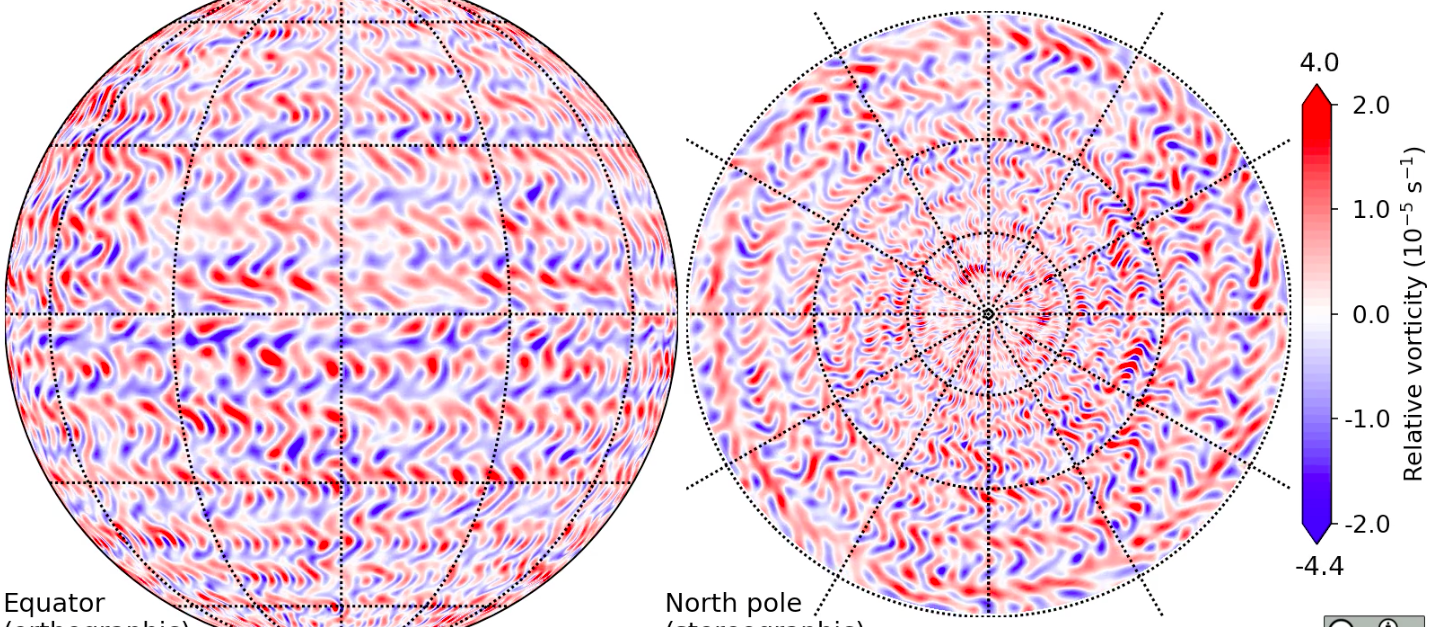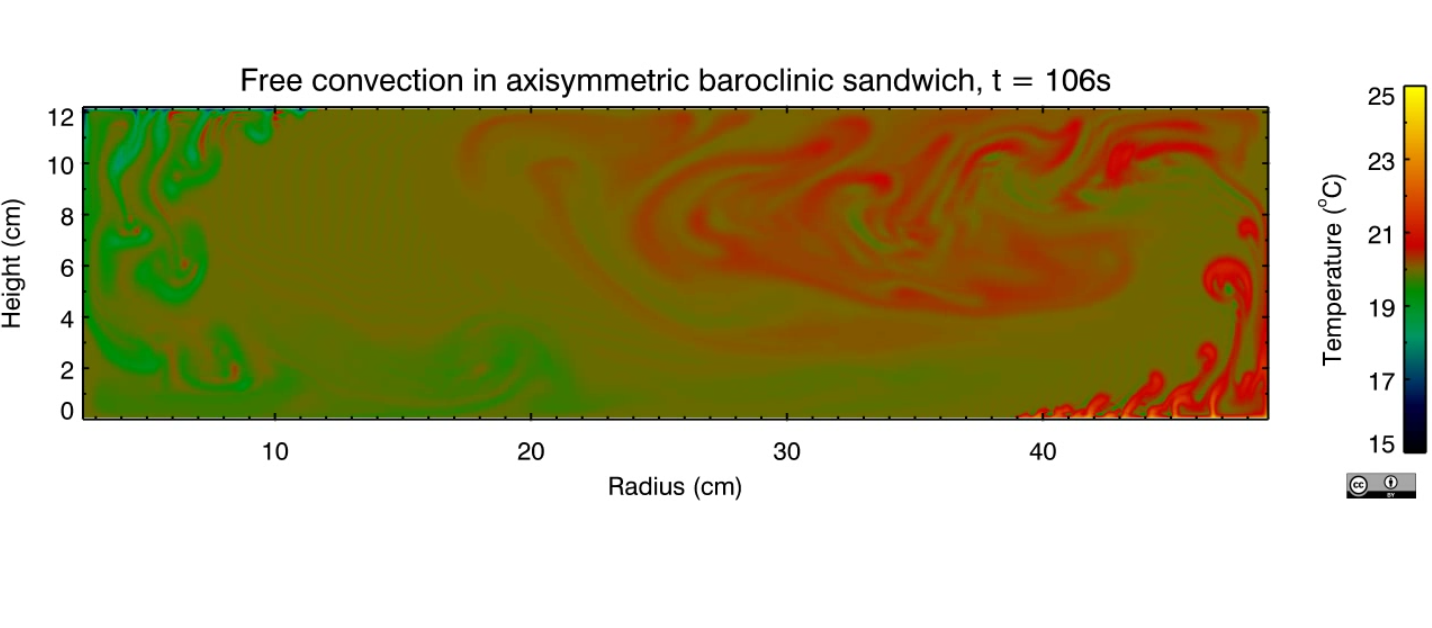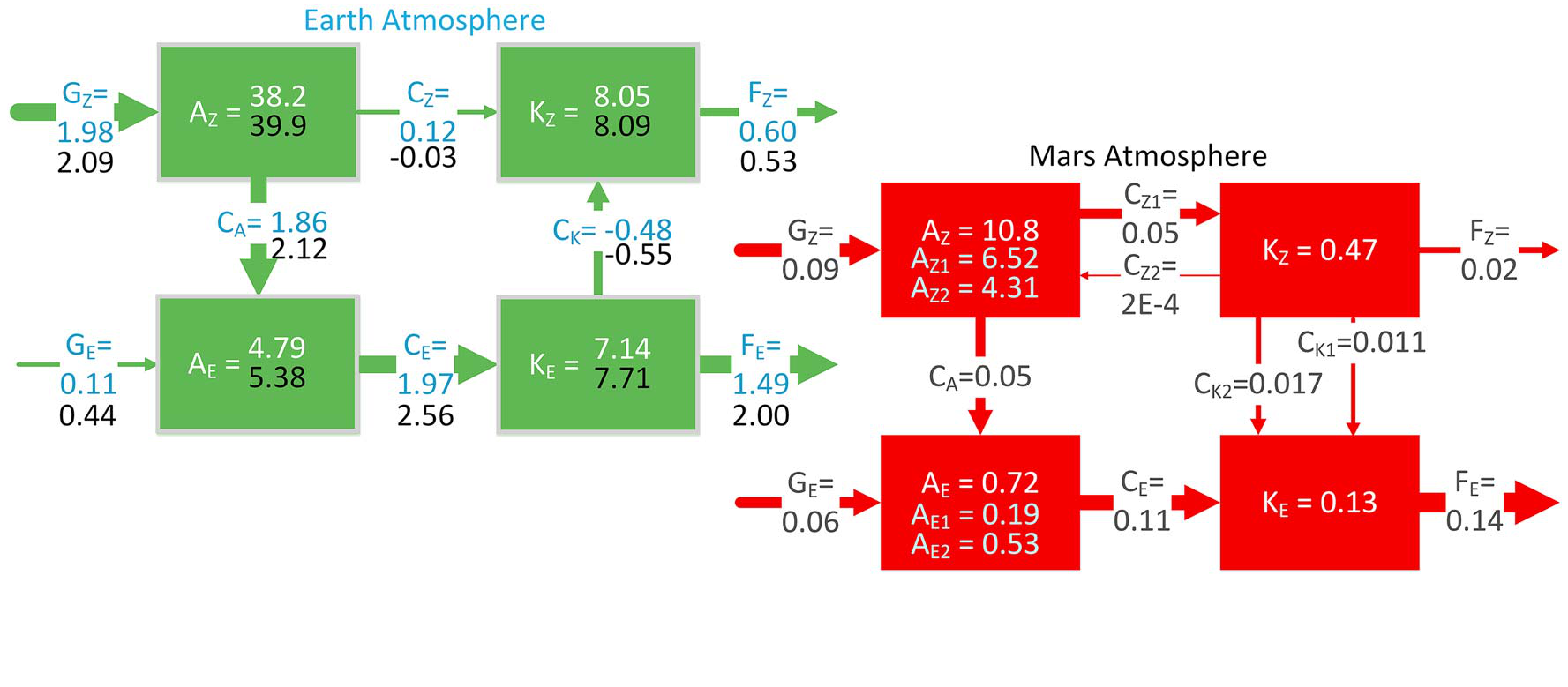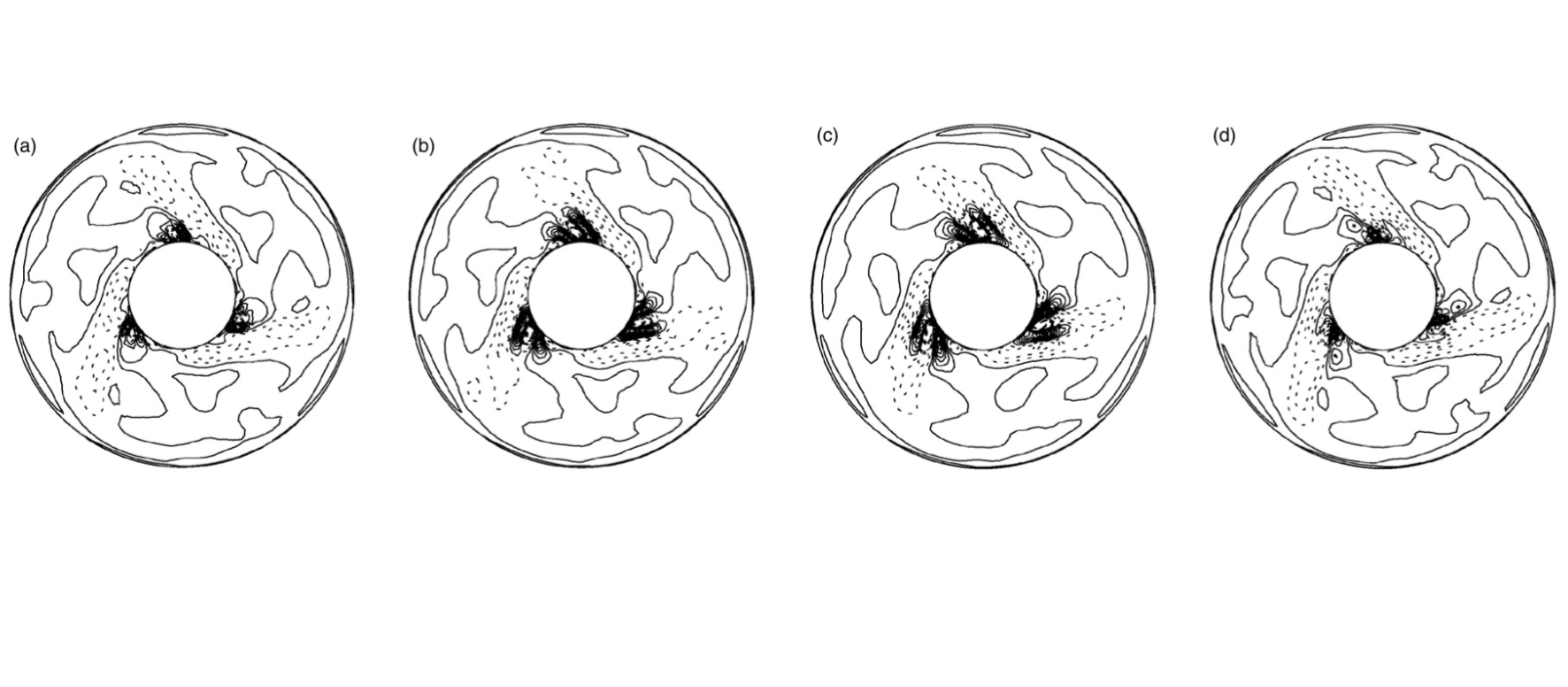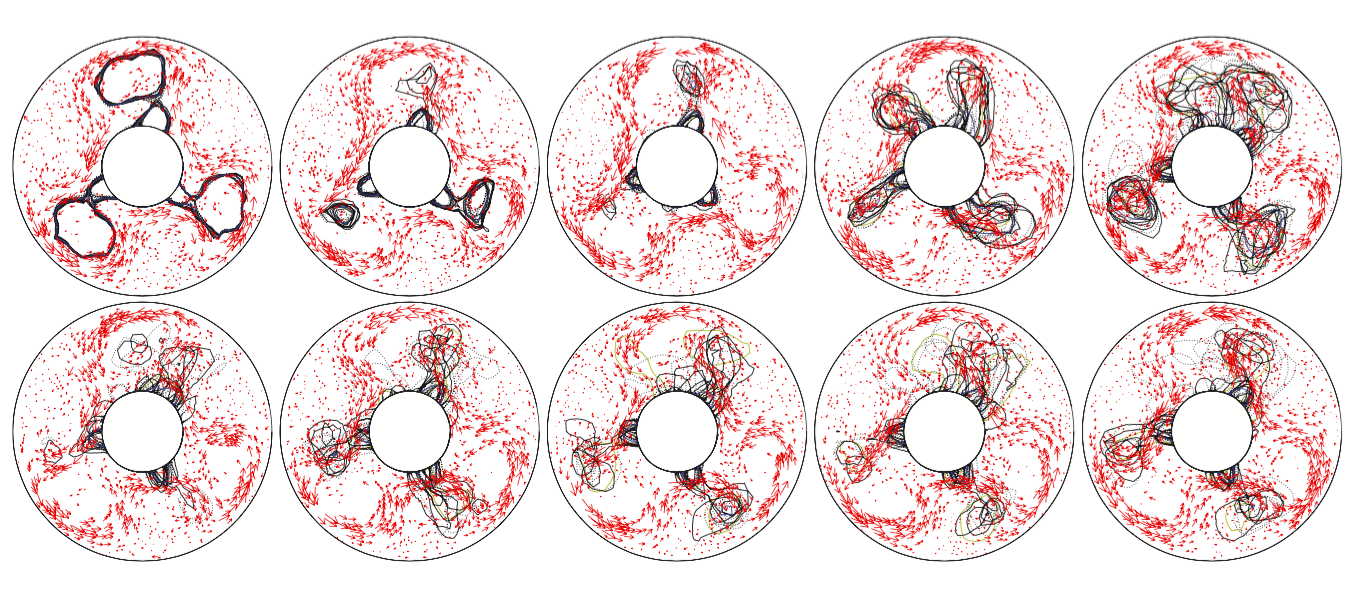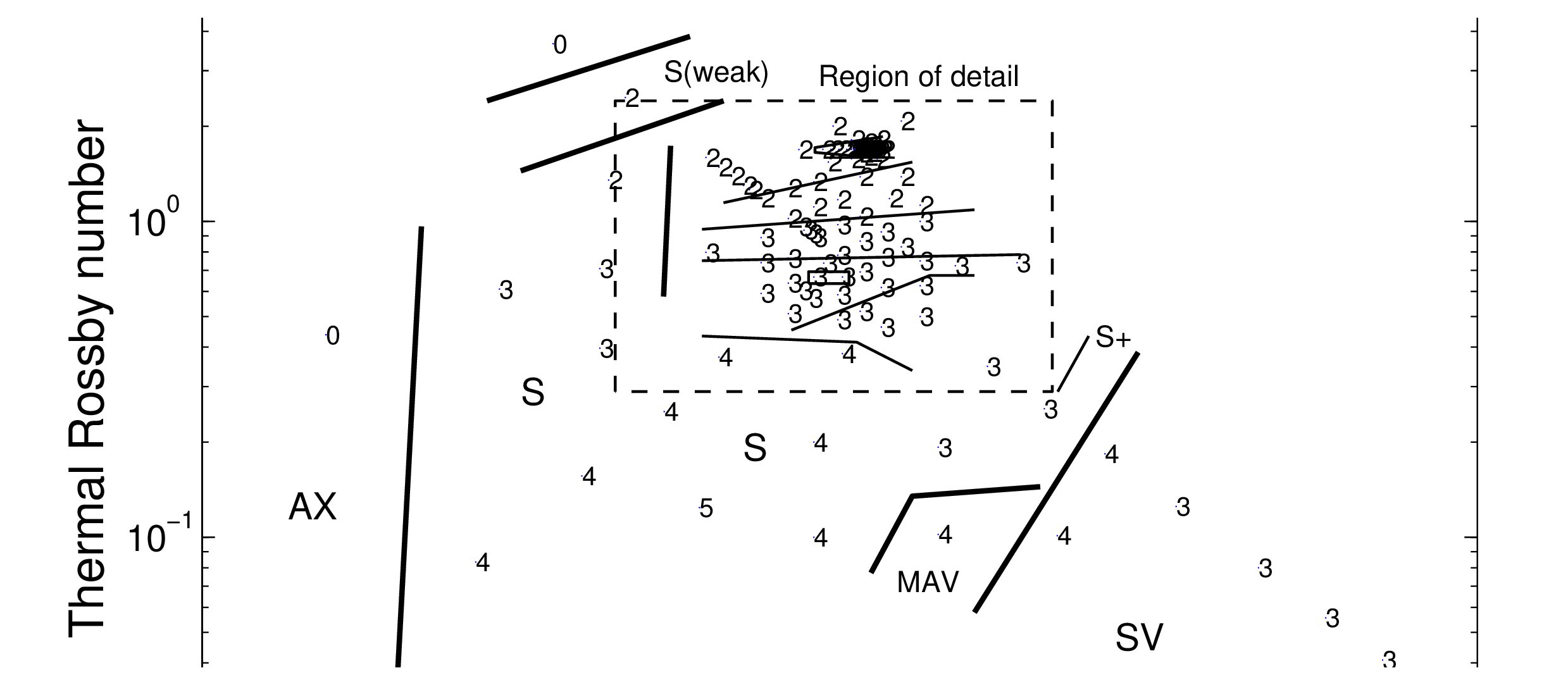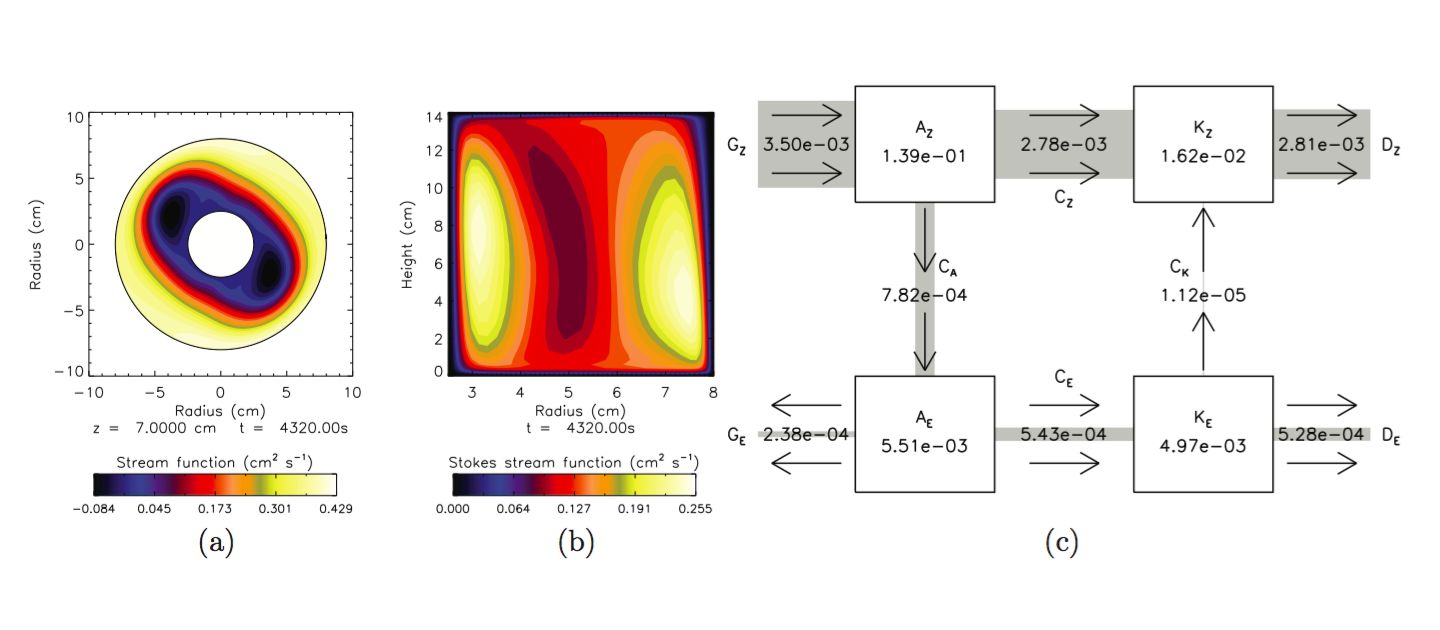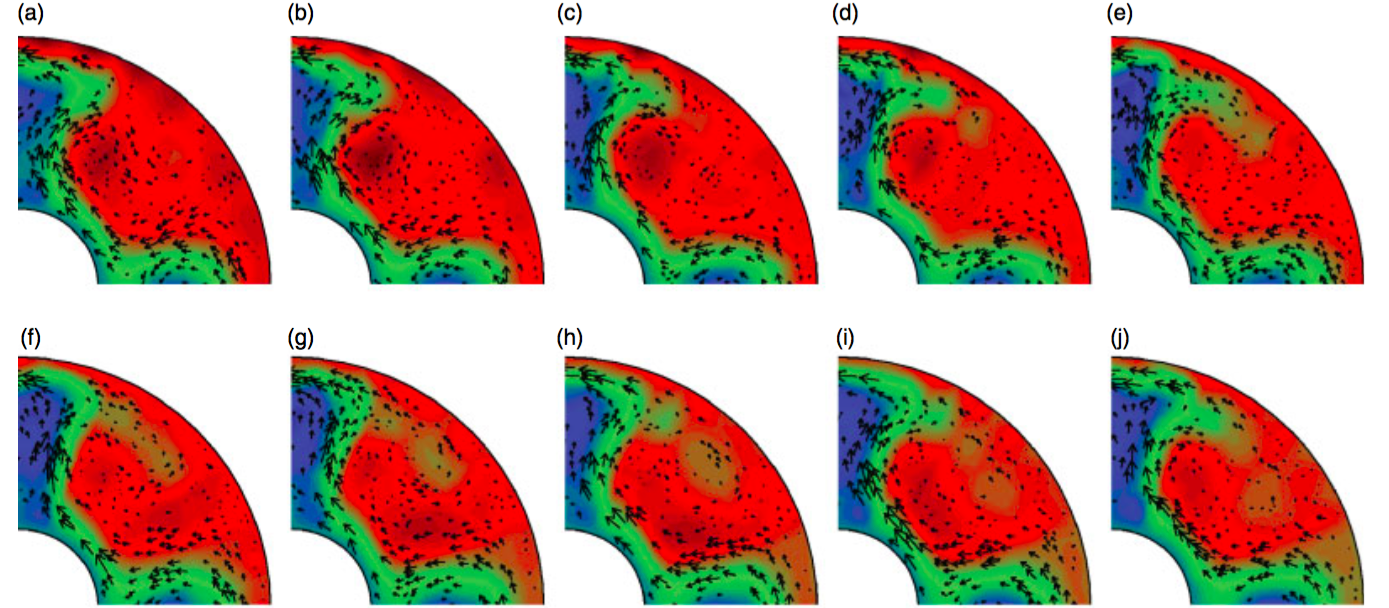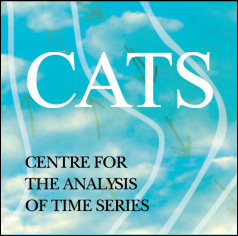I am a Senior Lecturer in the Department of Physics at the University of Aberdeen.
My research focuses on the atmospheres of other planets in the Solar System, in particular Mars and Jupiter. I am interested in data assimilation, rotating tank laboratory experiments, extrasolar planets, and chaos in the context of weather and other geophysical fluid dynamics.
Between 2019 and 2023 I was an Assistant (later Associate) Professor in the Department of Physics at United Arab Emirates University in Al Ain, United Arab Emirates. I led the Planetary Science research group at the National Space Science and Technology Center. My archived page for this group can be found here.
Between 2017 and 2019 I was a CNRS Research Scientist in the Equipe Planéto at the Laboratoire de Météorologie Dynamique at Sorbonne Université in Paris (formerly Université Pierre et Marie Curie, or Paris-VI, Jussieu campus). My work was funded by CNES and Thales Alenia Space.
Between 2009 and 2017 I was a Postdoctoral Research Assistant in the Geophysical and Planetary Fluid Dynamics group in Atmospheric, Oceanic and Planetary Physics, part of the Department of Physics at the University of Oxford. My work was funded by ESA, STFC, and NERC.
